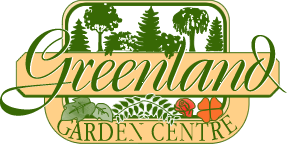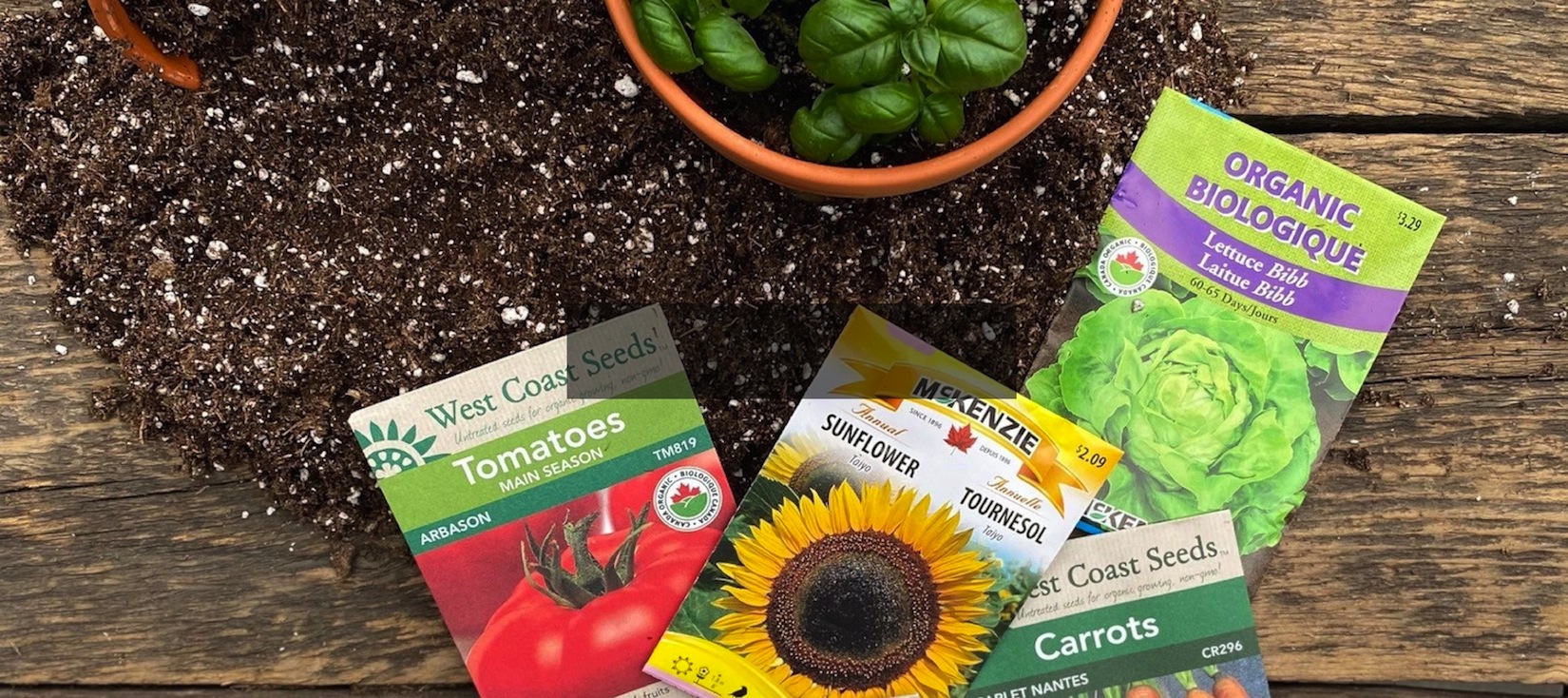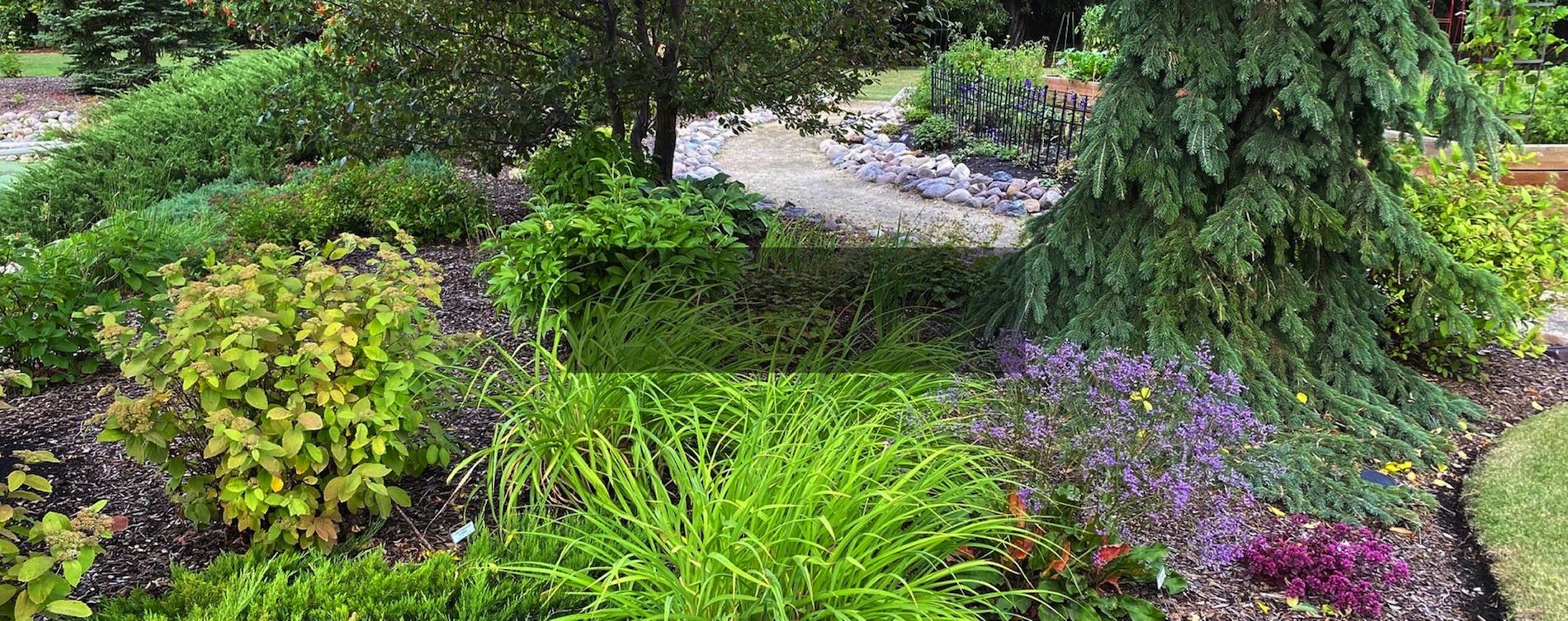Fertilizer Facts
On all plant nutrient packages, you will find 3 numbers listed that represent the 3 major nutrients that plants need. These nutrients are always listed in the same order: nitrogen, phosphorous and potassium.

Nitrogen
Stimulates strong leaf and stem growth. Good for lawns, evergreens, deciduous trees, leafy vegetables and most foliage houseplants. Over application can result in lanky, tender growth that can be susceptible to disease.
Phosphorous
Stimulates strong root growth and flower development. It stimulates root growth on young plants and so is used in transplanting formulations. On mature plants, it stimulates flower production. It helps lawns to be more drought tolerant and is necessary for all root and flower crops.
Potassium
Necessary for strong stems and branches. Helps to tie in the other two elements and provides increased disease resistance in plants. Stimulates seed production and development.
What do nutrient shortages look like?

Nitrogen
The plants appear yellow or brown and stunted (small leaves, etc.) These symptoms appear on the oldest leaves first.

Phosphorous
Lower leaves take on a purple tone and plants appear stunted. Roots will be stunted as well; plants will not tolerate drought very well. Flower production will be sparse.

Potassium
Plants are spindly with weak branches. Shoots are thin and in severe cases, show dieback. Older leaves show yellowing with browning at the tips and sometimes scorching at the margins.
It's in the Numbers
Many different fertilizer formulations exist. Note that it is more important to consider the RATIO of nutrients being used than the specific numbers themselves (ie. for vegetables use a fertilizer with a higher ratio of phosphorous to nitrogen). Below are some of the more popular formulations found in garden centres:
- 20-20-20 This all around blend is great for tropicals, trees and shrubs.
- 15-30-15 The higher ration of phosphorous in this formulation means it’s a great choice for blooming plants and vegetables.
- 10-52-10 The high ratio of phosphorous in this blend makes it a must for transplanting and root stimulation.
- 30-10-10 This formulation has a higher ration of Nitrogen, making it perfect for fertilizing evergreens.
Types of Fertilizers
Slow Release – Small granules are mixed directly into the top few inches of the soil. These granules will slowly release nutrients every time soil is watered. A great way to ensure consistent nutrition, however heavy feeding plants and new transplants will require an additional dose of a water-soluble fertilizer.
Water Soluble – Water soluble fertilizers appear as a fine powder and are mixed with water then watered into the soil surface. They provide instant nutrients but must be applied weekly in order to provide plants with consistent nutrients.
Organic – If seeking an organic alternative for feeding plants, you can choose from both granular and liquid choices.
Dr. Earth Tomato, Vegetable and Herb – This natural granular blend of nitrogen, phosphorous and potassium also contains calcium and kelp for a slow-release feed.
Liquid Kelp – This liquid version contains a high amount of nutrients and micronutrients; unlike granular forms it will need to be mixed with water and use once per week to maintain a good level of nutrients.
Kelp – This finely ground product contains an amazing amount of micronutrients and will also help to increase organic matter in your soil. Releases nutrients slowly.





